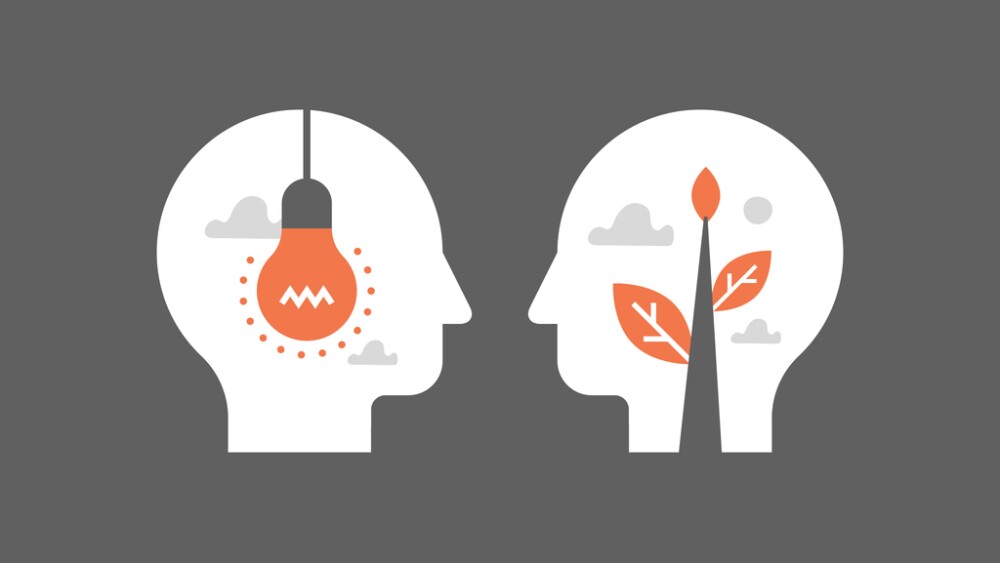The insights AI affords can potentially boost sustainability, but it’s unclear whether these gains outweigh the technology’s environmental cost.
Artificial intelligence is already reshaping aspects of our society, including biotech and pharma. Companies in the industry are leveraging technology in areas such as drug discovery and development, hiring and sales.
Some experts suggest that by making biopharma more efficient, AI can also drive a shift toward greater sustainability in the industry. Yet today’s AI models consume large quantities of energy. BioSpace spoke with experts in the field about how the insights AI affords can potentially boost sustainability, and whether these gains outweigh the technology’s environmental cost.
Biopharma’s Poor Sustainability Track Record
While the pharmaceutical industry rarely comes up in discussions about major contributors to climate change, its estimated global carbon emissions per unit of GDP are almost 55% higher than that of the automotive industry.
A recent article by Insilico Medicine CEO Alex Zhavoronkov argues that the pharmaceutical industry “is among the most inefficient on the planet,” noting that companies spend tens of billions of dollars, tons of resources and countless hours of animal and human testing in the drug discovery and development stage alone—a process that often does not yield a marketable product. According to Zhavoronkov, employing AI can help reduce waste in drug development.
Dave Latshaw, the CEO and co-founder of healthcare AI company BioPhy, which specializes in AI drug development, makes a similar argument. Latshaw told BioSpace he believes that leveraging AI can reduce physical resource usage and compress the timelines required for drug development, from the laboratory stage to clinical trials to later stages of manufacturing.
“One of the things that BioPhy does is . . . [find] opportunities around not just discovering new molecules, but repositioning molecules that are currently in a pipeline for utilization in diseases where they might have more effectiveness, or helping healthcare systems repurpose existing drugs for underserved populations or rare diseases,” he said. This repurposing approach requires “significantly fewer resources to attack that disease, as opposed to coming up with something from scratch.”
The Cost of AI
AI itself carries significant energy costs, however. AI researcher Kate Saenko of Boston University wrote in an article for The Conversation last year that she often worries about the energy costs associated with developing AI models. Energy is consumed in every step of their development, from manufacturing computational equipment to creating the model to using it.
Indeed, a 2021 study conducted by researchers at Google and the University of California Berkeley and posted as a preprint found that Open AI’s GPT-3, a very large AI model, used around 1,287-megawatt hours of electricity—the same amount that would be used up by 123 cars if they were driven all day every day for a year.
At the 2024 World Economic Forum’s annual meeting in Switzerland, OpenAI CEO Sam Altman admitted that the energy consumption of new AI models might exceed what was initially anticipated. He suggested that a “breakthrough” in nuclear fusion could be the way out of the energy deficit that is to come with the popularization of AI models.
Quantifying the energy costs and benefits of integrating AI in the biopharma sector is challenging. While there are existing estimates of how much energy building and using an AI model consumes, experts argue that these numbers are incomplete and reveal only a fraction of AI’s complete energy cost. Additionally, the energy consumption of AI models varies considerably. In an email to BioSpace, Merck KGaA spokesperson Gangolf Schrimpf pointed out that generative AI has drawn attention for its high energy consumption but that other types of AI tend to be less energy-intensive.
AI-Powered Sustainability Wins
One area in which AI can help advance sustainability in the pharmaceutical industry is in making buildings more energy-efficient, according to a case study reported by Birdbox AI about one of its clients. The case involved a pharmaceutical campus where a carefully chosen array of AI algorithms was put into action to optimize energy usage and reduce the building’s carbon footprint.
After the solution was set in motion, it started learning how different parts of the building heat up or cool down and what the outside weather was like. With this information, the AI could predict temperature changes in each part of the building with almost perfect accuracy. These predictions were then used to make the building use energy in the most efficient way possible, leading to annual electricity savings of 16% (~156,000 kWh). The campus also achieved a reduction in annual emissions equivalent to the amount of carbon dioxide released from burning more than 50 tons of coal.
Schrimpf pointed out that there are other AI applications capable of optimizing the operation and overall energy consumption of a system, thereby generating important environmental benefits. He described a recently completed pilot project at Merck KGaA’s healthcare manufacturing site in Nantong, China, where sensors fed information about the company’s chiller station system comprising chillers with cooling water towers and associated pumps into an AI engine that learned which parts took the most energy. “The installed AI engine uses the surrounding temperature and automatically sets the target temperature adjustment . . . targeting the most optimum and energy-saving target temperature to meet our cooling demands,” Schrimpf explained. “As a result, energy consumption for water chillers has been reduced by 15-20%”
Schrimpf also highlighted a retrosynthesis software from Merck KgaA called SYNTHIA that can accelerate the small molecule drug discovery process by providing chemists with many different routes for obtaining a molecule. This software has built-in sustainability information for starting materials required for small molecule drug development. If a user wants greener alternatives, the software uses sustainability information to suggest synthesis pathways that accord with green chemistry, meaning that they meet sustainability principles.
SYNTHIA fits under Goal 9 of the United Nations Sustainable Development Goals, which call for building infrastructure that promotes sustainable industrialization and fosters innovation, Schrimpf said.
A Potential Side Effect Rather Than a Goal
AI may have the potential to help biopharma reduce its environmental impact but whether this will come to pass remains an open question.
There are few indications that the industry prioritizes sustainability. For example, a 2021 report by My Green Lab analyzed data from 234 publicly listed biopharma companies and found that only a handful of the top companies by revenue have taken steps to reduce their carbon emissions every year. The rest do not have climate strategies aligned with the international Paris Agreement of 2015, according to the report.
Some pharmaceutical companies have recently touted efforts to develop more sustainable strategies. For instance, for Earth Day 2023, U.S.-based Johnson & Johnson announced “taking action to help support a healthy planet” by recycling single-use medical devices and other measures. Similarly, Boehringer Ingelheim, a German pharmaceutical company, said that it has started integrating environmental considerations into product design and development, with a goal of reaching 100% green chemistry and eco-design for its R&D projects and products by 2030.
Schrimpf said he is positive that with new AI-based energy-efficient pilot projects and tools such as SYNTHIA, Merck KGaA will be able to achieve climate neutrality and reduce resource consumption by 2040. For his part, Latshaw acknowledged that the industry may not prioritize sustainability but said that companies are keen on exploring sustainability as an additional benefit from adopting AI technologies.
“AI is definitely making an impact in sustainability, though these developments might not always make the headlines as they aren’t as splashy as a new molecule,” he said. “While speed and cost savings are often in the spotlight, AI’s role in sustainability is equally significant and deserving of more attention.”
Sanjukta Mondal is a freelance writer based in Kolkata, India. Reach her at sanjuktamondal.sm@gmail.com.
Correction (May 29): The original version of this article erroneously described BioPhy as a healthcare fintech company. It is a healthcare AI company. BioSpace regrets the error.






